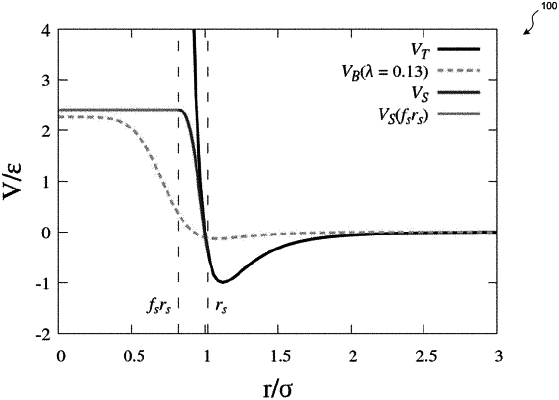| CPC G06F 30/25 (2020.01) [G06F 2111/10 (2020.01)] | 32 Claims |

|
1. A method performed by one or more computing systems for simulating an arrangement of particles within an enclosure, the method comprising:
initializing a three-dimensional representation containing the enclosure and the particles, wherein the particles are represented in a first arrangement in which the particles are distributed throughout the three-dimensional representation and allowed to overlap with the enclosure;
conducting a first simulation stage to transition the three-dimensional representation from the first arrangement to a second arrangement of the particles, wherein the particles are allowed to move through a wall of the enclosure during the first simulation stage under an assumption that no repulsive force between the particles and the enclosure is engaged; and
conducting a second simulation stage to transition the three-dimensional representation from the second arrangement to a third arrangement of the particles, wherein the particles are allowed to move through the wall of the enclosure during the second simulation stage under an assumption that only a fraction of the repulsive force between the particles and the enclosure is engaged.
|